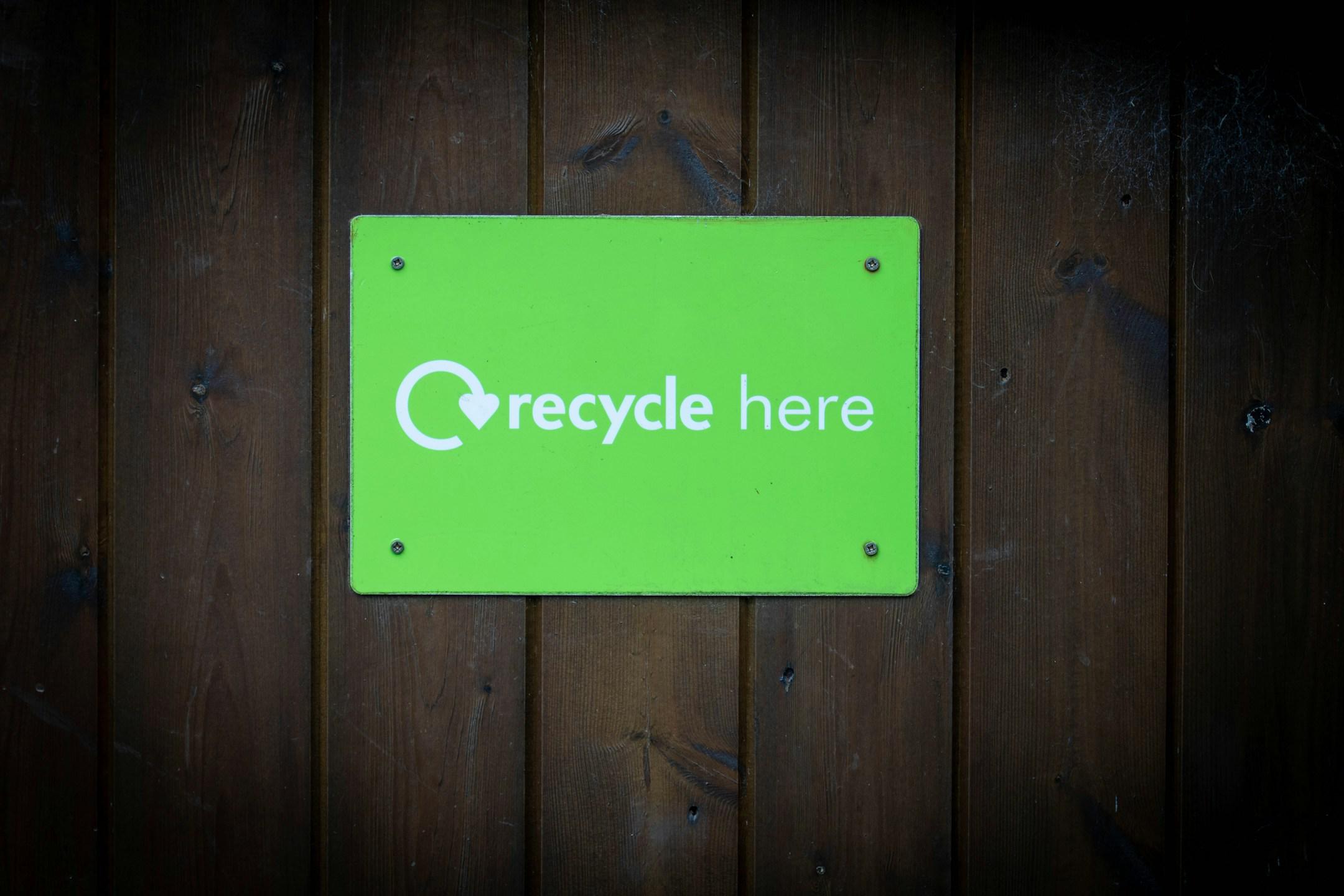
Ever finished a painting project and wondered what to do with all that leftover paint? You're not alone. Many homeowners and design enthusiasts face this dilemma. Proper storage can significantly extend the shelf life of your paint, making it ready for touch-ups or even donation later on. Plus, it ensures you're staying eco-friendly by reducing waste. Let's explore how you can store leftover paint effectively and consider recycling options if needed.
When you store paint correctly, you protect it from spoilage caused by exposure to air and temperature fluctuations. This care keeps the paint from drying out, clumping, or becoming unusable. By maintaining the integrity of your paint, you can easily use it for future home improvements instead of buying new cans.
Labeling your leftover paint is crucial for easy identification later. This practice saves time and prevents confusion, especially when dealing with multiple colors or types of paint. A simple labeling system can make all the difference in quickly finding the right paint for a specific task.
Begin by marking each paint can with essential information such as the date of purchase, brand, color, and room or project it was used for. Additionally, consider adding a swatch or sample of the paint color to the label. This visual cue can be immensely helpful, especially if you have several similar shades stored. A quick glance at the swatch lets you determine the exact color without needing to open the can.
A tight seal is vital to prevent air from entering the paint can and causing it to dry out. Properly sealed paint remains usable for much longer, preserving its original quality and color consistency. Here are some tips to achieve an airtight seal.
After using the paint, wipe the rim of the can clean to ensure a smooth seal when the lid is put back on. Removing any dried paint or debris helps create a snug fit and prevents air from leaking in. A clean rim is the first step to a successful seal.
When replacing the lid, align it carefully and press down firmly. You can use a rubber mallet to gently tap the lid into place, ensuring it sits securely without deforming the can. Avoid using excessive force, which could warp the lid and compromise the seal.
Storing your paint under the right conditions is as important as sealing it properly. Temperature and location play significant roles in maintaining the paint's quality, ensuring it remains suitable for use in the future.
Paint should be stored in a cool, dry place away from direct sunlight and extreme temperatures. Extreme heat can cause paint to separate, while freezing temperatures can alter its consistency. A stable environment, such as a basement or utility room, is ideal.
Keep paint cans off concrete floors, where temperatures fluctuate more rapidly. Place them on a wooden shelf or surface to maintain consistent temperature levels. This precaution helps protect the paint from temperature-induced spoilage.
Even with the best storage techniques, there may come a time when your paint is no longer usable. This is where paint recycling comes into play, offering an eco-friendly solution for disposing of old or expired paint.
Paint recycling involves processing leftover paint to create new products or dispose of it responsibly. Many communities offer paint recycling programs that accept old paint and repurpose it for other uses. Participating in these programs reduces waste and supports sustainability.
To find paint recycling options near you, check with local waste management facilities or environmental organizations. They can provide information on where to drop off your expired paint and how it will be repurposed. This proactive approach contributes to environmental conservation efforts.
to dispose of it safely to prevent environmental harm. Follow these steps for responsible paint disposal:
Storing leftover paint properly is a simple yet impactful way to extend its shelf life and support environmental sustainability. By following the outlined steps for labeling, sealing, and storing paint, you can ensure your paint remains in excellent condition for future use. Additionally, exploring paint recycling options and creative uses for leftover paint further contributes to eco-friendly practices.
Whether you're a homeowner, an eco-conscious consumer, or an interior design enthusiast, adopting these storage techniques benefits both your projects and the planet. Take the next step by implementing these strategies today and enjoy the lasting rewards they bring.
When you’ve got paint questions, we’ve got paint answers. Get in touch with us at UCI Paints today.